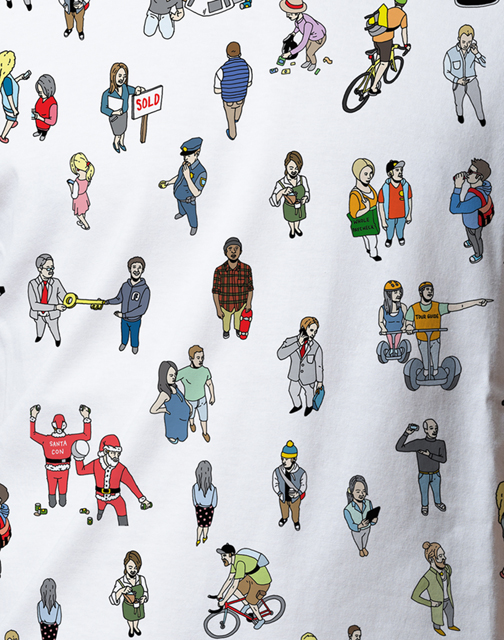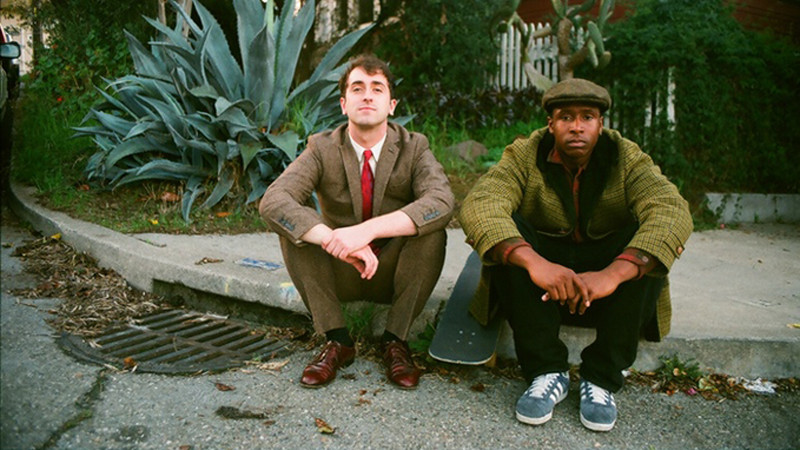If you were at the San Francisco International Film Festival last week, you may have seen the teaser trailer for The Last Black Man in San Francisco. As a part of the festival’s Boomtown: Remaking San Francisco program, this film-in-the-making highlights issues of gentrification through the “fantastical retelling of Jimmie H. Fails’ true-life story.” The narrative focuses on Jimmie’s dream of buying back his childhood home in the Fillmore. While the film is an accurate depiction of Fails’ relationship to a booming San Francisco, it is his real-life friendship with the director, Joe Talbot, that may seem stranger than fiction to some.
“When people see us walking down the street together they think we’re an odd pair,” said Talbot of himself and Fails. Fails interjects, “Just because I’m a tall Black guy and Joe’s white. Why would that be weird? If you know us, then you know it’s not weird.”
Talbot first recognized Fails’ “natural presence” on film when he was just a kid documenting Bernal Heights goings on with a Hi8 camcorder. Fast-forward 12 years and the duo are still at it with a bigger vision and a deeper friendship.
It was the long walks Talbot and Fails took through “the roller-coaster hills of Bernal Heights” that inspired this project. As Talbot came to know Fails’ life story — shaped by upheaval throughout San Francisco—the more strongly he felt it needed to be told.
Talbot believes it is precisely because Fails grew up in so many “different worlds” within San Francisco that he is able to have a distinct personality in this film while also speaking to the universal feeling of being an outcast.

On film and in person, Jimmie’s presence belies his age—it’s hard to believe he’s only 20 years old. Four years his senior, Talbot jokes, “Jimmie’s a diva,” but neither Fails nor Talbot can imagine living in San Francisco without the other.
“I’ve stayed in San Francisco and seen a lot of people leave,” says Talbot. “When this happens you get really clingy to your friends. You don’t want them to leave. You don’t want the gang to disperse.”
Talbot fears that interracial friendships like his and Fails’ will not exist in a new San Francisco stripped of its diversity.
Standing in Precita Park, within walking distance of his childhood home, Talbot explains, “This park was the melting pot of the surrounding neighborhoods. Combining middle class kids, like myself, from Bernal, Latinos from the Mission and Blacks from the projects.” But back then, “There were no picnic tablecloths, no wine and cheese,” Fails points out.
“Tell the sprinkler story,” Talbot urged Fails. Fails explained that while walking past the park at night recently, the “skinny white hipster” he was walking behind opted to walk through the sprinklers on the opposite side of the street instead of sharing the same sidewalk with Fails. “He was getting soaked, but he tried to play it off,” said Fails. And when Fails called across the street to explain that he wasn’t a threat, the dripping man started running.
Like most parts of San Francisco, this neighborhood has changed, but it still brings back vivid memories—both good and bad—for Fails and Talbot.



